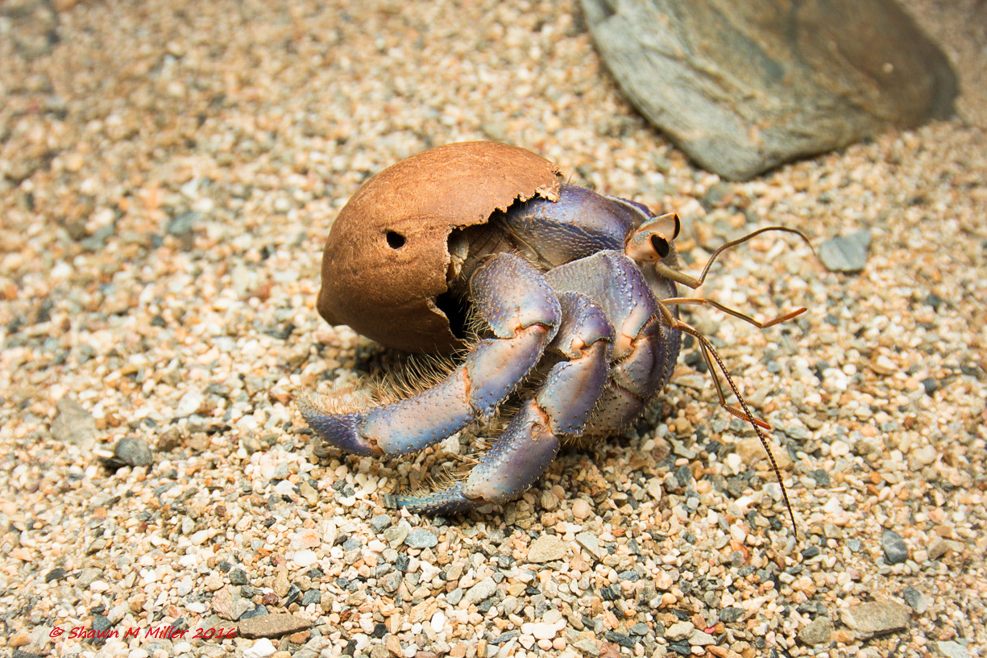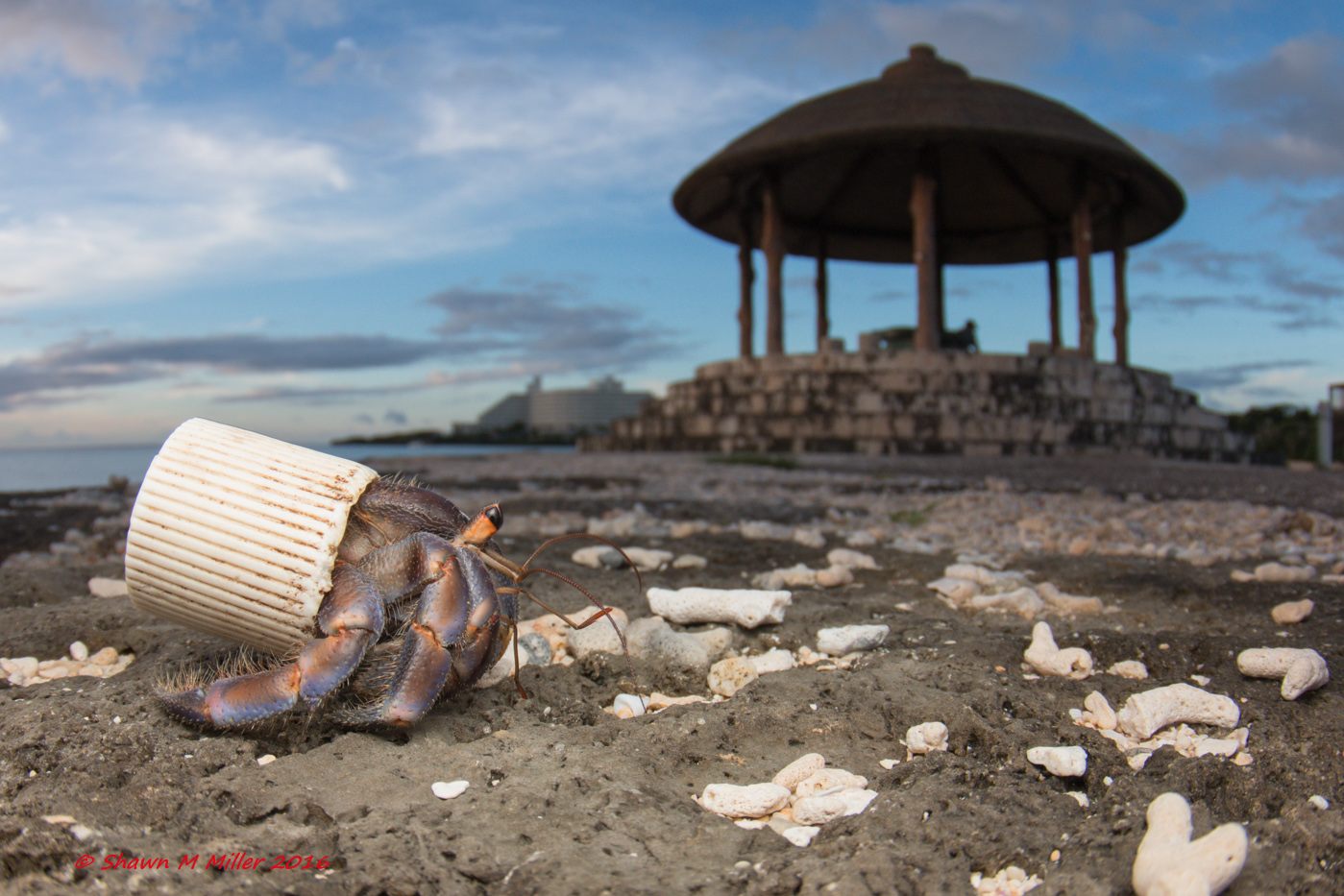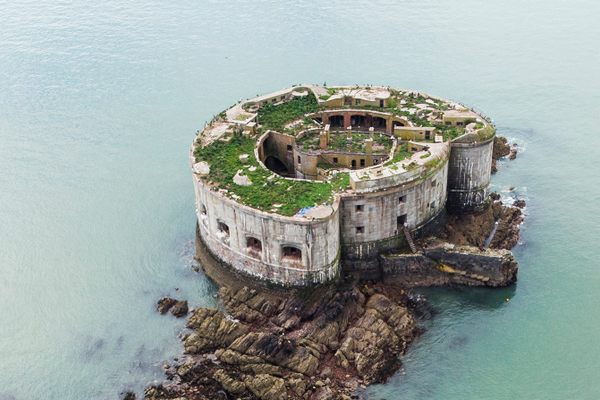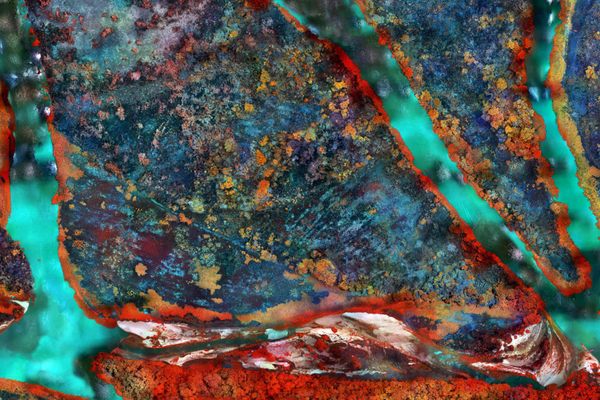Incredible Photos of the Hermit Crabs Who Live In Trash
Instead of shells, these hermit crabs used plastic bottle caps and other trash.
A blueberry hermit crab with a cassette gas tank cap. (All Photos: Shawn Miller)
With a new report released yesterday into the vast increases in ocean temperatures, human activity on marine life affects all ends of the food chain. Take, for example, the coenobita purpureus, or blueberry hermit crabs, of Okinawa. Like other hermit crabs, they also need shells to cover and protect their soft abdomens. But these particular hermit crabs have had to adapt to their changing environment—instead of shells, their homes are pieces of trash.
At first, photographer Shawn Miller was amazed to see how the hermit crabs were adapting. That was in 2010. “Over the years”, he writes on email, “I continued to find more crabs with trash homes. I noticed more trash piling up on our shorelines searching for hermit crabs and realized it was a serious problem.”
For hermit crabs, protecting their abdomen is an essential part of survival. They also need to be able to retreat completely into their shell—or bottle cap. In Miller’s pictures, he felt it was important to capture the hermit crabs in their natural environment—which included the beach trash that they repurpose for homes. “I wanted to bring awareness to our pollution problems on our shorelines.”
Here, a peek at the plastic homes of Okinawa’s hermit crabs.

A hermit crab using a tree nut as a shell. According to Miller, this used to happen before there was plastic bottle caps to use.

A hermit crab retreating into a plastic bottle cap, photographed with the white portable field studio technique. Here, Miller would place the crab on a white studio board to photograph in situ, before being released.

Using the top of a glass bottle.

A hermit crab with a laundry detergent cap as a shell.

A plastic-encased hermit crab on Senaga Island in Okinawa.

Hermit crabs will fight over shells.

A hermit crab amid beach trash.

A hermit crab in Okinawa.






















Follow us on Twitter to get the latest on the world's hidden wonders.
Like us on Facebook to get the latest on the world's hidden wonders.
Follow us on Twitter Like us on Facebook